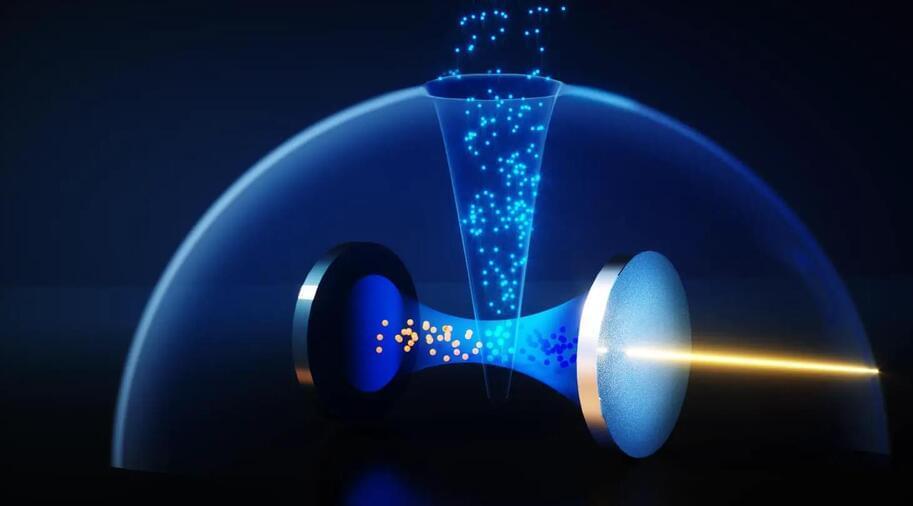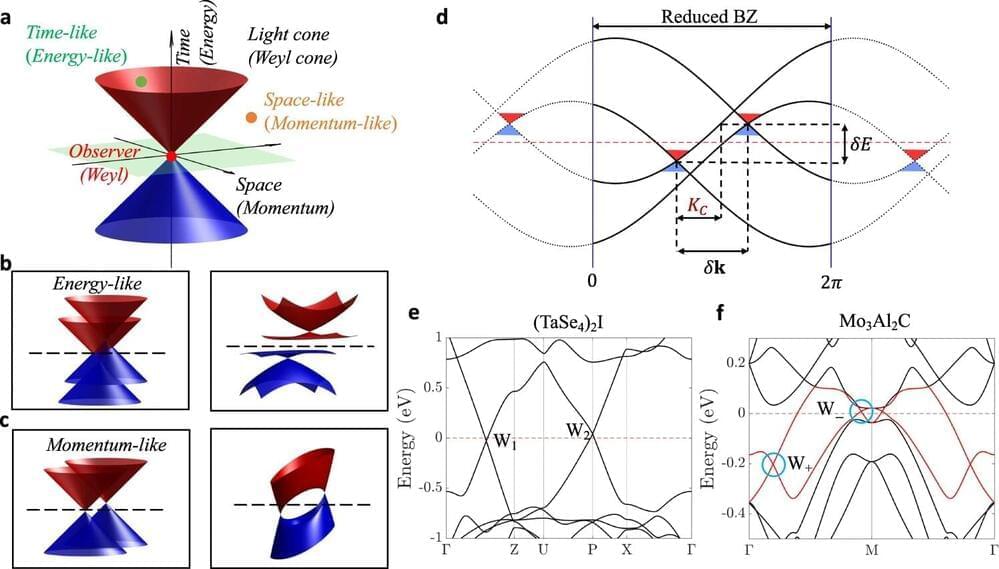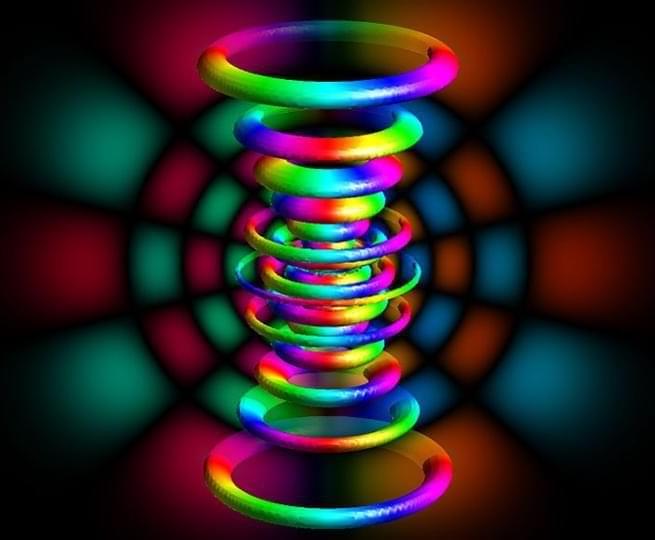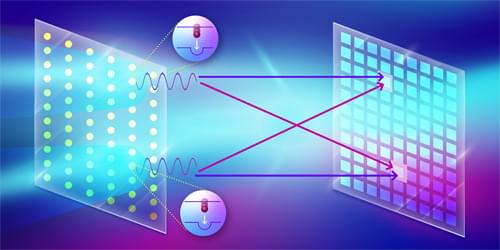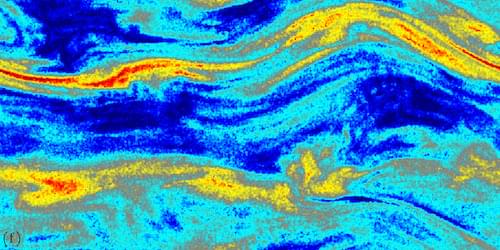Researchers at Caltech have discovered a new phenomenon, “collectively induced transparency” (CIT), where light passes unimpeded through groups of atoms at certain frequencies. This finding could potentially improve quantum memory systems.
A newly discovered phenomenon dubbed “collectively induced transparency” (CIT) causes groups of atoms to abruptly stop reflecting light at specific frequencies.
CIT was discovered by confining ytterbium atoms inside an optical cavity—essentially, a tiny box for light—and blasting them with a laser. Although the laser’s light will bounce off the atoms up to a point, as the frequency of the light is adjusted, a transparency window appears in which the light simply passes through the cavity unimpeded.
